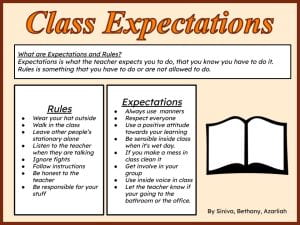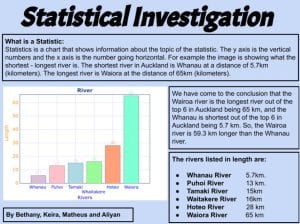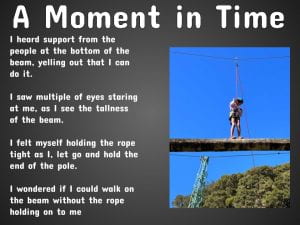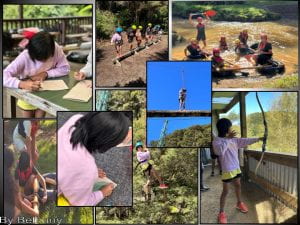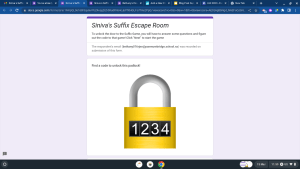LI: To learn about New Zealand History.
For Reading we discovered the History site of New zealand and what happened here. We had cards to pick and discover about that place and what happend. We chose the card construct, we learnt that houses from back then used to be not enough for families and the New zealand Government helped to build the houses for the families. Houses back then were not good, bathrooms were outside and weren’t connected into the house. They built seven houses and one of the houses was the Patterson family’s house. They built over 8,000 houses for families who were struggling to find houses big enough for their family. Even built a path to connect with the other families so they could get along.
I found this activity intresting because it tell me all about the history of New Zealand and what happened at in the past of New Zealand.
